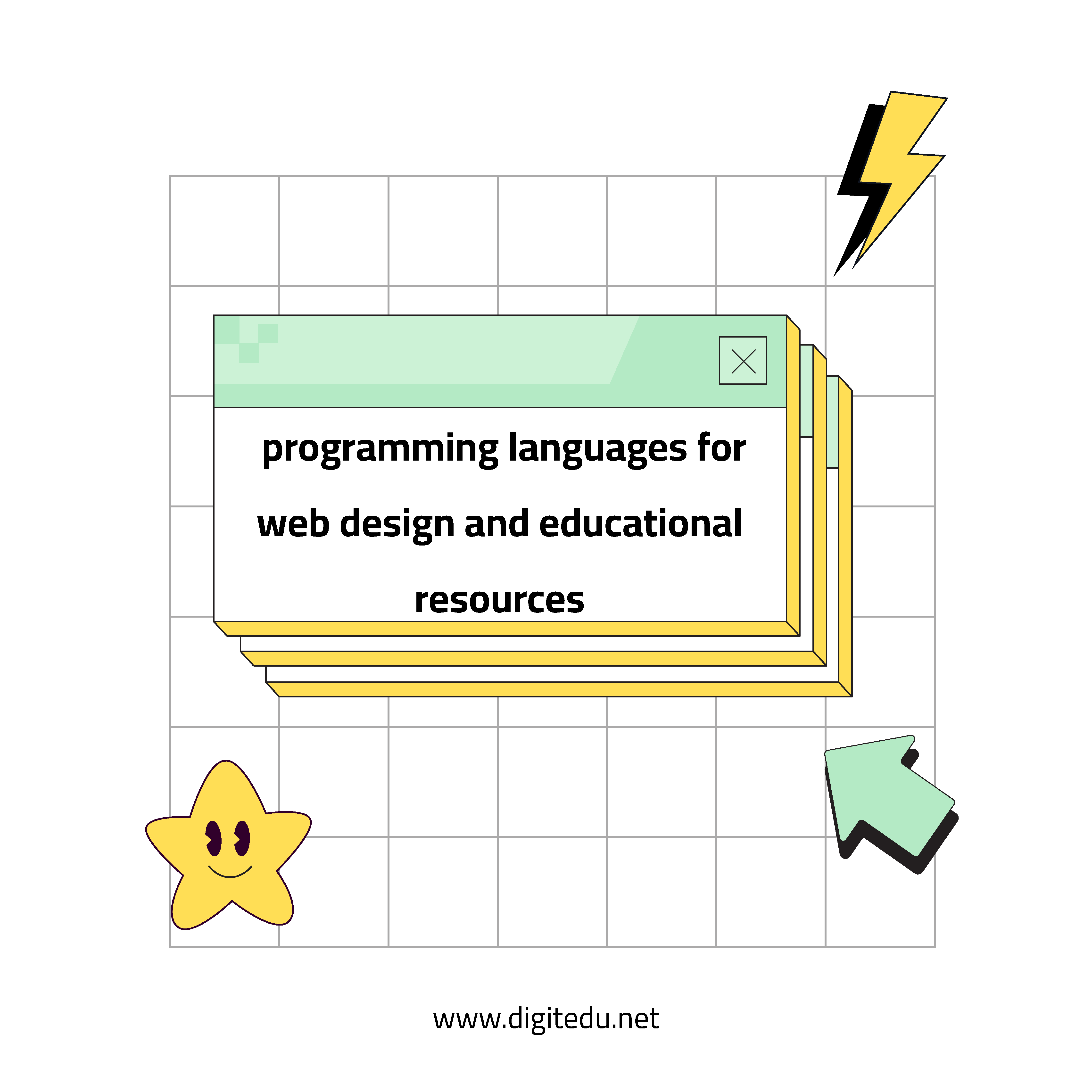There are many programming languages that can be used in website design and development. Among the most important of these languages:
- HTML (HyperText Markup Language): HTML is used to structure and format content on the web. Such as text, images and links.
- CSS (Cascading Style Sheets): CSS is used to format and design websites, Including defining colors, fonts, and organizing structures.
- JavaScript: JavaScript is used to add dynamic functionality to websites. Such as interacting with the user and loading content without reloading the page.
- PHP (Hypertext Preprocessor): PHP is used to develop dynamic web applications and interactive websites. Such as content management systems (CMS) like WordPress.
- Python : Python is used to develop websites and web applications, and it is characterized by ease of learning and its ability to deal with a wide range of applications.
- Ruby: Ruby is used to develop web applications and provide a flexible architecture compatible with the concept of object-oriented programming.
- SQL (Structured Query Language) : SQL is used to manage databases, and is essential for storing and retrieving data in web applications.
- TypeScript: TypeScript is based on JavaScript and adds a type to the language. Allowing for more organized and maintainable code to be written.
These are just some of the common programming languages used in web design and development, The languages used vary depending on the project requirements and developers’ preferences.
How to learn web design and the most important educational sources
There are several steps that can be followed to learn web design:
- Understand the basics : Start by understanding the basics like HTML and CSS. You can start with online lessons or educational books that provide clear and simple explanations.
- Practical training : Apply what you have learned from the basics through practical projects. Create a simple website or customize an existing website design.
- Advanced Learning : Once you gain more experience, you can move towards advanced learning such as JavaScript, Frameworks, and Responsive Design.
- Participate in web design communities and forums : Connect with online communities of developers and designers to share experiences, ask questions, and get help.
- Continue learning and development : Constantly develop your skills and keep up with the latest developments and technologies in the field of web design.
As for learning resources, Here are some useful resources:
- Online course sites such as Udemy , Coursera , and LinkedIn Learning , which offer comprehensive courses in web design.
- Free education platforms like freeCodeCamp and Codecademy provide interactive lessons in HTML, CSS, and JavaScript.
- Education sites such as W3Schools and Mozilla Developer Network (MDN) that provide free web design resources and lessons.
- Websites, blogs, and online communities such as Stack Overflow, CSS-Tricks, and Smashing Magazine that offer articles, tips, and ideas about web design.
The important thing is to continue learning and practically apply what you learn. And periodically expand your skills to develop yourself as a professional web designer.


